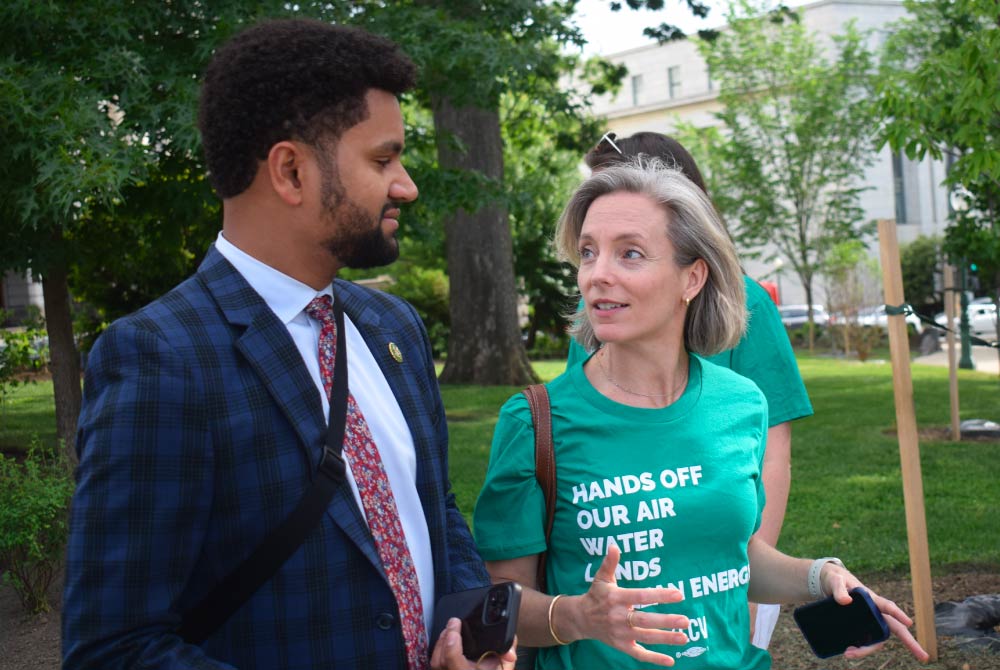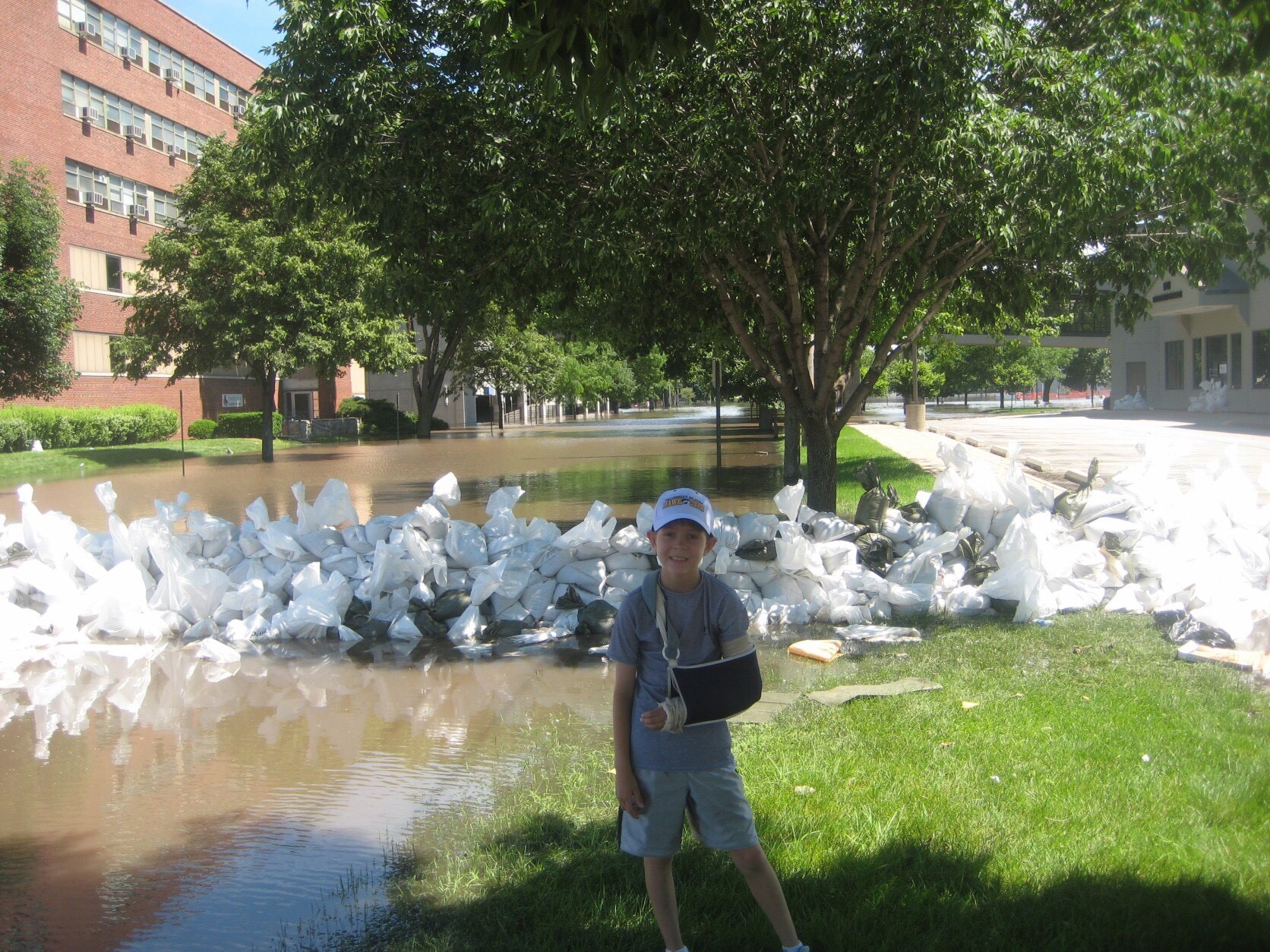
Top 5 Stories Worth Reading – June 2025
Jun 30, 2025
In June of 2008, my hometown of Cedar Rapids, Iowa, was devastated by the largest flood in the history of the state. I watched in horror as large swaths of the place that brought me some of my fondest childhood memories was overcome by the violent, swollen waters of the Cedar River. In the lead-up to the flood, I remember working together with my neighbors to fill sandbags and brace for what was to come—I was only 9 years old at the time. Then, we watched as the river slowly crept over our makeshift barriers, which stood no chance against Mother Nature’s powerful rage. At its peak, the river overflowed 17 feet above its banks, covering over a thousand city blocks. Looking back at this horrible event, the haunting of it all: this was only the start of the problems.

In the aftermath of the horrible flood, community members tried to reconcile what had just happened to the town we loved so much. When calculating the toll of the damage done by the flood of 2008, some alarming statistics stick out. Namely, the flood caused an estimated $10 billion in damage and uprooted countless homes and business from my community. This flood was classified as a “500 year flood,” meaning every year, there was a 1 in 500 chance of a flood of this magnitude occurring. Many were calling it a “once in a lifetime” flood.
Little did we know that just 11 years later the city would be investing hundreds of millions of dollars in permanent flood walls—protecting against the inevitability of another flood of that magnitude. Living in a world affected by climate change means floods like the 2008 flood are becoming ever more common. Forecasters say that the flood that was once considered a 500 year flood is now considered an 80 year flood. In two of the past three years, the silent torrents of the Cedar River have threatened to creep out of their banks, but thankfully, these more recent floods have only minimally damaged the city. However, that’s not to say this—what seems to be annual—”tradition” isn’t still costly and stressful for city residents.

Nobody enjoys living in a constant state of fear. Nobody wants to live in a world in which every time it downpours, they have to brace for the real possibility of their houses going underwater, sweeping away irreplaceable items and memories in the process. And given the economic inequalities of city zoning, placing large swaths of low-income housing in flood-prone areas, many residents cannot afford to rebuild when these floods hit our town—leaving them displaced and homeless. Sadly, this will become a reality for even more of us if our legislators don’t act immediately on climate change. Numerous scientific studies show that as global temperatures rise, extreme weather will intensify, bringing with it a surge in the number of devastating floods. Frankly, this is not a reality I want to see come to fruition—and I’m sure I’m nowhere near the only Cedar Rapidian feeling this way.
Thankfully, the people of Iowa—having already felt the impacts of climate change—are committed to combating the imminent threat of climate change by transitioning our state to clean energy. In 2008, the year of one of the worst floods in state history, only 4% of the state’s energy came from renewable sources. Eleven years later, that number is now 37%, with Iowa’s two largest energy providers investing hundreds of millions of dollars in wind farms. They aim to transition to nearly 100% renewable energy sources by 2030.
And Iowa isn’t the only state pushing towards 100% clean energy. In 2019, we have seen the most historic state legislative sessions for action on climate change and clean energy. Six new governors joined the U.S. Climate Alliance, a coalition of 24 bipartisan governors who have committed to the goals of the Paris Climate Agreement. Moreover, 11 states (CO, CT, ID, MD, ME, NJ, NY, NM, NV, SC, WA) in the Conservation Voter Movement have enacted major Clean Energy for All priorities.
However, these states cannot win the fight against the climate crisis alone. The atmosphere is a shared space among people all over the world. Therefore we all must commit to reducing our carbon emissions and promote clean energy for all. Last month, the U.S. House of Representatives passed the Climate Action Now Act—the first piece of climate action legislation to pass the House in 10 years—which would reccommit the U.S. back to the emission reduction goals of the Paris Agreement. Unfortunately, this bill will not become law because of Mitch McConnell and Donald Trump’s obstructionism of any type of climate action We cannot let Republican leadership in the Senate block this great effort to combat climate change—that’s why it’s so important that we all do our part in calling our elected representatives and demanding that they support climate legislation like the International Climate Accountability Act.